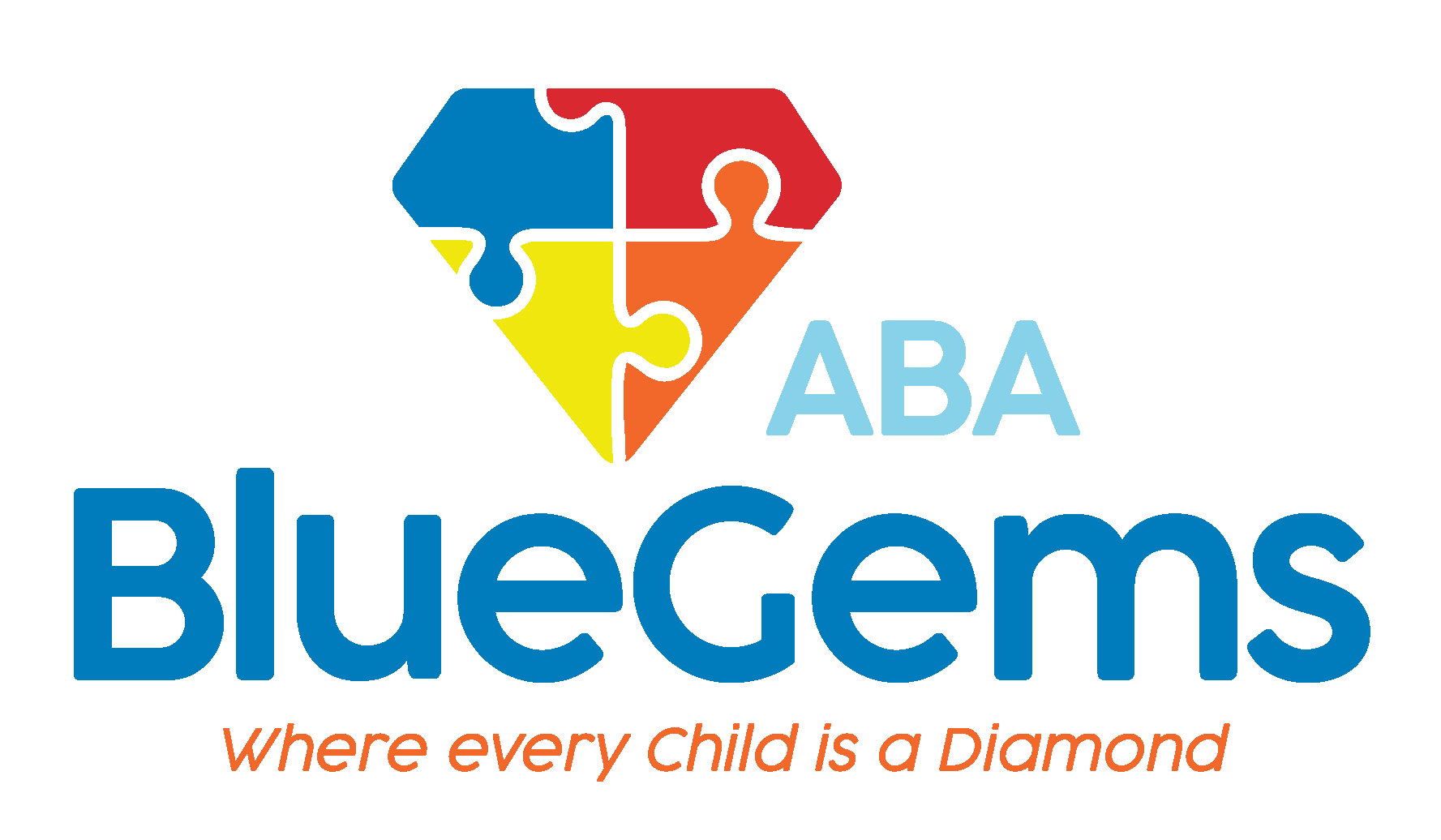What is the DSM-FIVE?
Autism is a neurodevelopmental disorder that’s diagnosed based upon the prevalence of symptoms, rather than by any underlying medical examinations or blood tests. This is one reason why it can be challenging to diagnose autism, since it isn’t diagnosed like other curable diseases.
Much of how autism is viewed today is thanks to the publication of the Diagnostic and Statistical Manual of Mental Disorders. Also known as DSM-5, the original version was published in 2013 and coined the term autism spectrum disorder (ASD), which wrapped five previously-independent disorders under one umbrella.
The DSM-5 sets standard criteria that mental health professionals can follow when they are evaluating a child for an autism diagnosis. Understanding what the DSM-5 is helps to understand more about autism itself and how the mental health world treats it.
We’ll dive deeper into the DSM-5 below.
Table Of Contents
What is the DSM-Five?
The DSM-5 is a reference book that contains information on brain-related and mental health disorders and conditions. It was written, edited, reviewed and published by the American Psychiatric Association.
The number 5 refers to the fact that it’s the fifth edition of the book, which is also the most recent edition of it. It was originally released in May of 2013, but was revised in March of 2022.
That 2022 revision changed the name of it to DSM5-TR, referring to a “text revision” of the book.
The information that’s contained in the DSM-5 is geared specifically toward professionals and other mental health experts. It’s extremely technical, which means that it might be hard for people to understand if they aren’t in the field.

What Role Does the DSM-Five Play?
The DSM-5 gets put into practice when it comes to diagnosing mental health conditions. It’s extremely important to have accurate diagnoses of disorders, and the DSM-5 plays a big role in that.
The reference book provides clear definitions that are highly detailed about brain-related and mental health conditions. Not only that, but it provides examples and details of the most common signs of symptoms of all the conditions it covers.
The DSM-5 also organizes conditions into different groups, which simplifies the process and makes it much easier for providers to diagnose conditions accurately — and, importantly, tell one condition apart from another, even if they share many of the same signs and symptoms.
What is Included in the DSM-Five?
The main focus of the DSM-5 is mental health conditions. It also contains information about concerns and other conditions that relate to how the human brain works, since brain functions are inseparable from mental health.
In addition to this information, the DSM-5 includes diagnostic codes. These make it easier for providers to use this information and cross-reference it with ICD-10 codes that come from the International Classification of Diseases and related Health Problems, 10th Edition, which is published by the World Health Organization.
There are three sections of the DSM-5…
- Basics: The first section covers the ways that medical professionals can use it for their work. There’s also guidance on how the DSM-5 can be used when there are mental health concerns that involve court cases, legal professionals and others.
- Diagnostic Criteria and Codes: The second section is the book’s largest. It has multiple chapters, each which covers a specific condition. It outlines what the condition is, defining it and explaining it in more depth.
- Emerging Measures and Models: The third section offers examples of assessment tools that can be used as guidelines for professionals who are diagnosing some of the conditions included within. This section also includes information regarding the potential effects of cultural differences on diagnoses, and potential conditions that might be included in future editions once more research is conducted.
Get Your Child Evaluated and Treated at Blue Gems ABA
The DSM-5 is an essential guidebook that mental health professionals and healthcare providers use to help them understand more about certain disorders and conditions. Included in the DSM-5 is autism spectrum disorder, a neurodevelopmental disorder that can affect people across a vast spectrum.
At Blue Gems ABA, our team of clinical psychologists is well-informed about the DSM-5 and use it as part of the criteria we follow for all autism evaluations. When appropriate, we will diagnose children with ASD based on the information outlined in the guide.
In addition, if your child is diagnosed with ASD, we can refer them to our team of experienced BCBAs who administer applied behavioral analysis, or ABA therapy, which is considered the gold standard of treatment for children with autism.
To learn more, please contact us today.




